How Much Should I Feed My Pet?
Over the years, many ideas about what and how to feed our dogs and cats have changed. We have so many food options available. You should do some research to help you decide what kind of diet to feed your furry friend.
Things to consider when choosing pet foods:
1. Do you prefer easy or complicated?
- Easy diets include processed foods, dry kibble, canned, and some refrigerated diets now available. You buy the food all ready for your pet to eat and just have to open the container and give it to your pet.
- Complicated diets are ones that require more preparation. They may include a combination of those processed foods above and/or raw diets that you prepare or purchase for your pet.
2. How much are you able to spend? As difficult as it is to think about, you may need to limit your pet food expenses, it's a fact that they are not cheap, no matter which route you take. Figure out how much time you are willing to put into 'making' the diet, then do some research on the best affordable options available for that type of food.
3. We used to put our pet food in bowls... Now, it's highly recommended by trainers and behaviorists to use feeding toys or puzzles instead of just putting the food in a bowl. This not only stimulates your pet's mind, but can help slow down fast eaters and give you a great tool for creating a calm pet.
4. Is your pet picky? A finicky eater may indicate some type of health issue. Food allergies are very common. They can affect the ears, skin, anal glands, and digestive tract. You may have to choose a limited ingredient or raw diet to relieve these issues.
Things to remember:
1. Pick a good quality food. Shopping for your pet's food can be expensive, but don't go with the lowest price. It does make a difference. Look at the ingredients used, fillers like grains are not easily digested. Color additives are unnecessary and may be bad for your pet.
2. Consider sticking to the same brand. There are many schools of thought about changing flavors and brands. Ultimately, it depends on your pet's ability to cope with those changes. If you are seeing loose stool and/or vomiting with changes in your pet's diet, find one that does not cause issues and stick to it.
3. Dogs and cats do not need to be "tempted" into eating. If they don't eat what you give them it is for one of only TWO reasons. They are not hungry or they are sick.
Cats need to eat on a regular basis, but missing one meal, or even one day of eating won't hurt them as long as they are otherwise healthy. Dogs on the other hand can go for days without food. If your pet suddenly becomes a finicky eater, take a good look at what's going on.
If they are eating some food but not as much as usual, they are drinking and will take treats, then ask yourself a few questions.
- Is the pet nearing one year of age?
- Is the pet intact (has not been spayed/neutered)?
- How long has the pet gone without eating?
- Has there been something exciting going on? Visitors? Plumber in to fix a leak?
IF your pet is vomiting or having diarrhea, not drinking or eating, call your vet and get an appointment. Make sure to tell them how long the pet has had the symptoms and if there's a possibility that they ate or swallowed something they shouldn't have.
Things to think about:
1. Puppies and kittens need special nutrients and more calories for growth. By six months to a year, most pets have reached their adult body size. Large and giant breed dogs will continue to grow until around two or even three years of age, but at a much slower rate than during the first year.
2. When young pets reach six to twelve months, growth slows. Many are spayed or neutered during this time. Their metabolism slows down and they do not need as many calories as they reach full size.
3. Don't forget to adjust your pet's diet to match their physical needs. Switch from a puppy or kitten food to the adult version. Decrease how much you are feeding as necessary to maintain a healthy weight.
How to feed
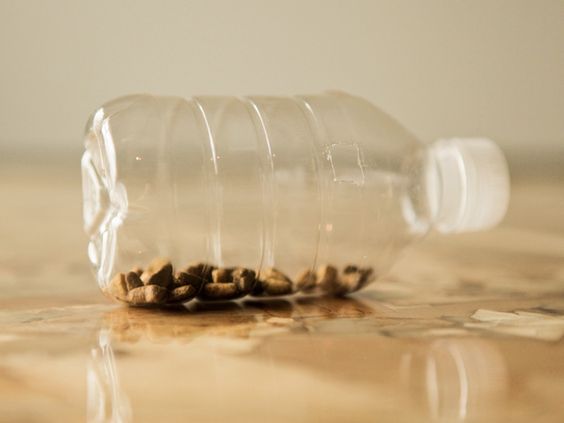
Provide a safe environment for your pet's feeding time.
1. Keep children away from your pet when they are eating. This is for everyone's safety and to prevent the pet from becoming protective of their food.
2. With multiple pets in the house, it becomes difficult to keep them from eating each other's food and makes it impossible for you to know who is eating how much. You should provide separate feeding areas and limit access.
- I highly recommend feeding in a crate and using some sort of feeding toy, like a Kong, or other food puzzle. Check out Dr. Ian Dunbar's 'After You Get Your Puppy' book. There are some great tips for feeding your puppy.

- It's a bit harder to find feeding toys for cats, but you can make your own or adapt dog toys for the purpose. See my Pinterest page for ideas.
3. Provide separate feeding areas. If you can't crate your pets for feeding time, then set up different feeding areas for each. They should be several feet away from each other. You will have to monitor them and learn who the faster and slower eater is. Make adjustments to accommodate the slower ones so they aren't mugged by the gobblers.
4. Feed adult pets at least twice daily, puppies and kittens require small, more frequent meals.
5. Do not free feed. Schedule your pet's feeding to coincide with times that you are convenient to training and your schedule.
- For dogs, a regular feeding schedule means regular eliminations and fewer chances for accidents in the house.
- For all pets, regular schedules help reduce stress, allow you to monitor your pet's health and maintain a healthy weight, and make it easier to use food for training purposes.
- Smaller dogs and cats will get fat if we overfeed. It's often difficult juggling their need for food rewards in training with keeping their weight healthy. You may find it useful to feed the pet's daily allotment of food in smaller portions throughout the day as training rewards.
How much should you feed?
Every animal is different. Some will eat more than expected and maintain a healthy weight, while others eat less and still gain weight. Some overweight pets have health issues. Discuss it with your veterinarian if you are concerned.
Remember, you control the food.
1. Don't forget to adjust the quantity of food your pet receives as nutritional needs change. Baby to adult to mature to senior. Each life stage has different requirements. The wrong diet and quantity can cause too much weight gain or loss.
2. The biggest problem I've seen with overweight pets is simply overfeeding. It's hard to look at a 1/2 cup of dog food and think it's enough for your ten pound Chihuahua for the whole day. See below for general guidelines to how much to feed your pet.
3. Free feeding is also a problem. Many dogs and cats will eat out of boredom. It's up to us to provide the mental and physical stimulation to prevent boredom and to control their diet. You should be measuring what you give them to eat and adjust as necessary to help maintain a healthy weight. Use feeding toys and puzzles instead of a bowl.
4. Over-doing the treats can also be a problem if the pet isn't getting exercise to go with them. Consider the size of the treats compared to your dog/cat. Think of a candy bar, will you eat two or three, or more full size candy bars at one time? That's way too many calories for us. One big dog biscuit is probably equivalent to a candy bar for a dog, so giving two or three, or more a day packs on the calories.
Dogs and cats prefer quantity to size. They'd rather have ten pea-sized treats than one large one. Try breaking the treats into smaller pieces. It'll keep them healthy, and save you money!
This is a guideline only!
Approximate feeding guide for dry food only diets
Use the label on the pet food as a general guideline, most of these labels will have you overfeeding.
A good rule of thumb to follow:
Most ADULT dogs can eat about a 1/2 cup of dry dog food per ten pounds of body weight. That means where their weight should be, if they are overweight, use the dog's optimal body weight. If you are using dry and canned food decrease the amount of dry to accommodate the additional calories.
- For example, a ten pound dog should get about 1/2 cup of dry food TOTAL daily. A twenty-five pound dog would get somewhere between 1 and 1.5 cups of dry food.
Most ADULT cats will eat about 1/2 a cup of dry food each day. If you are using dry and canned food decrease the amount of dry to accommodate the additional calories. Many vets recommend a combination of wet and dry food for cats.
- For example, my 8-9 pound cat, Ruby, gets about 1/4 cup of dry daily and 2 tablespoons of canned daily. In the past, I've fed my cats only dry, giving 1/4 cup twice daily.
Puppies and kittens grow up and need LESS food.
Puppies and kittens need more food initially to grow. Puppies and kittens may eat twice as much (or more) as their adult counterparts. Puppy and kitten food is higher in calories than adult foods.
At between six months and a year of age, most dogs and cats are almost full grown. Large and giant breed dogs will still be growing, but more slowly.
IT IS EXTREMELY IMPORTANT to watch your pet's weight and not over feed them as they reach adulthood. Transition to an adult food when your pet is about one year old. Large and giant breed dogs may stay on puppy food for another six months or so.
Remember that each pet will be different depending on their activity level, age, metabolism and the food you are feeding. Puppies and kittens may eat twice as much (or more) as their adult counterparts. Senior pets may need to eat less, or more, depending on their health.
If your pet is eating the proper amount, it should not be overweight and should not be leaving food. Cats like to browse though, so you may find they don't finish the entire meal at one sitting. That's okay. If they still have food left by the next day, you may be feeding too much.
If you are uncertain about your pet's weight, ask your veterinarian. Check out this chart as well.
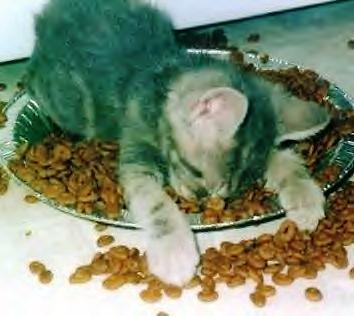
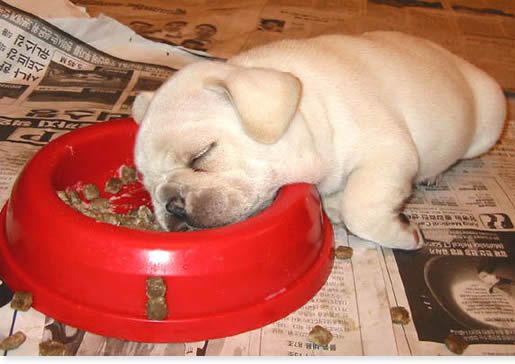
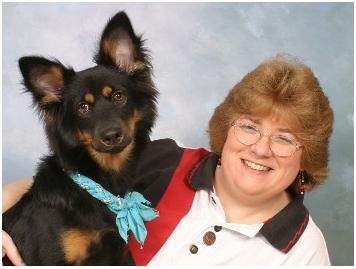


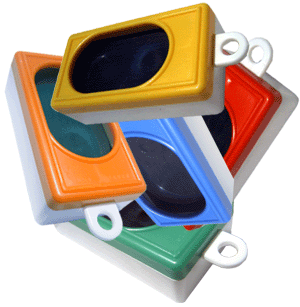
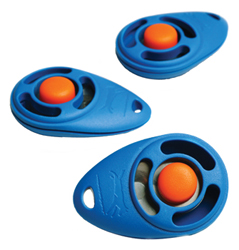



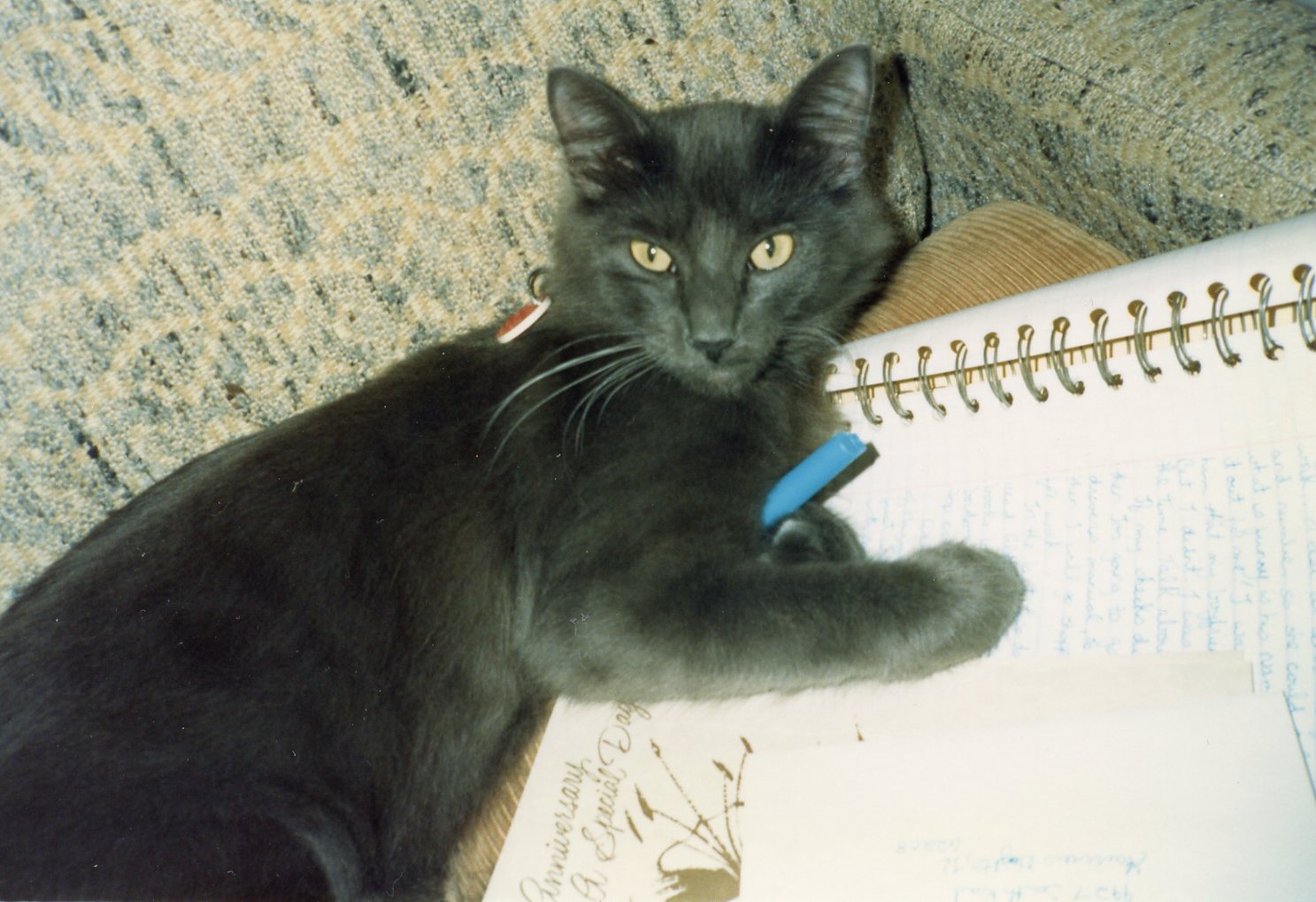
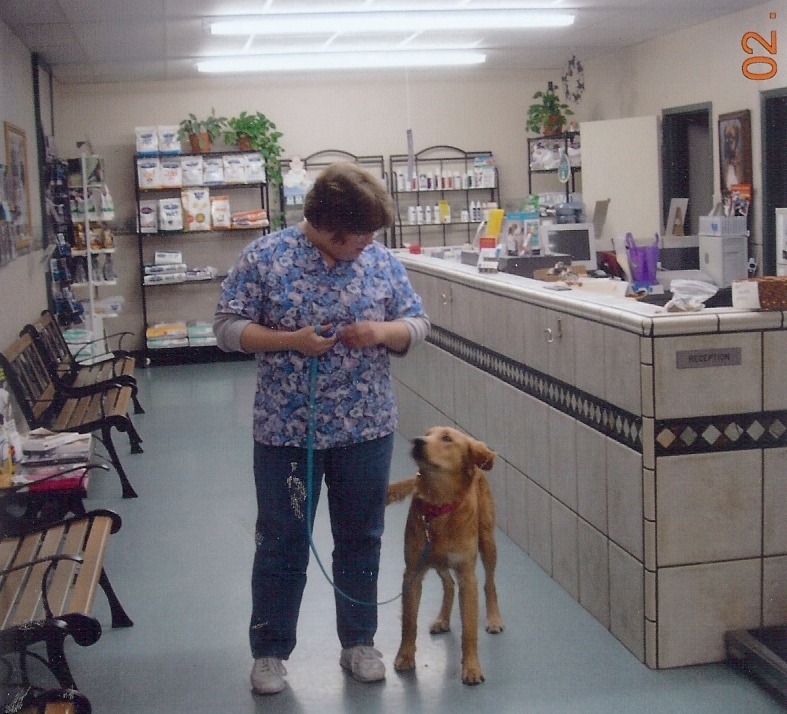
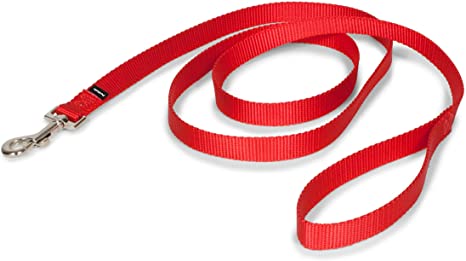
Shouldn't Your Pet Have Pawfect Manners?
You can have a well-behaved pet, let me show you how.
Schedule Your Class!(281) 440-6818
judy.pawfectmanners@gmail.com